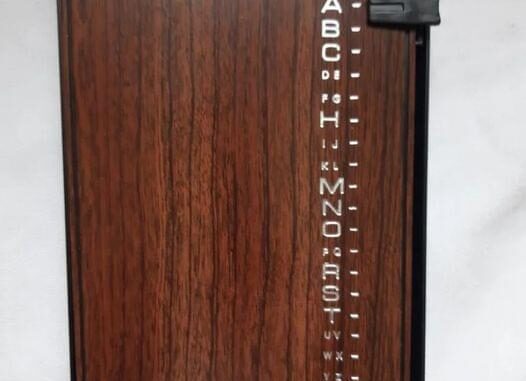
A Look Back at a Classic Communication Tool
Historical Overview
Before the rise of digital technology, the classic telephone address book with a flip-open design was a common fixture in homes and businesses. This practical and well-thought-out tool was invaluable for organizing contact details, making it easy to find phone numbers and addresses with just a quick flip.
The Early Days and Development
The concept of the telephone address book with a flip-open feature began in the early 1900s, as telephones became increasingly common. People sought a straightforward method to manage contact information. The flip-open format, often using a spring mechanism, allowed users to swiftly navigate to the appropriate letter to find the information they needed.
Construction and Characteristics
These early address books were usually crafted from sturdy materials such as metal or hard plastic. They had tabs for each letter of the alphabet, simplifying the process of finding and sorting entries. Some models included a small notepad or a place for a pen, enhancing their utility. The experience of flipping through the pages and the audible click of the mechanism added to their appeal.
How They Were Used
Before the era of smartphones and digital records, these address books were essential tools. Families kept them by the phone for quick reference, and businesses used them to keep track of client and supplier details. Their popularity peaked in the mid-20th century, a period marked by post-war prosperity and an increased availability of consumer goods.
Their Place in History and Collectibility
Today, these vintage address books are treasured by collectors and those who appreciate nostalgia. They symbolize a simpler time of manual record-keeping and are admired for their design and functionality. While they are no longer a necessity in our digital age, they serve as a charming reminder of past methods of managing contacts.
Ongoing Inspiration
The design of these vintage address books continues to inspire modern technology. Their focus on organization, accessibility, and user experience can be seen in contemporary digital contact management systems. Additionally, their retro aesthetic influences modern decor and office supplies, merging classic style with current trends.
The vintage telephone address book with a flip-open cover remains a nostalgic symbol of the past. Its history, design, and enduring influence highlight the ingenuity of earlier times. As a collectible, it evokes fond memories and admiration for a period when contact management was a hands-on, intentional activity.
Leave a Reply